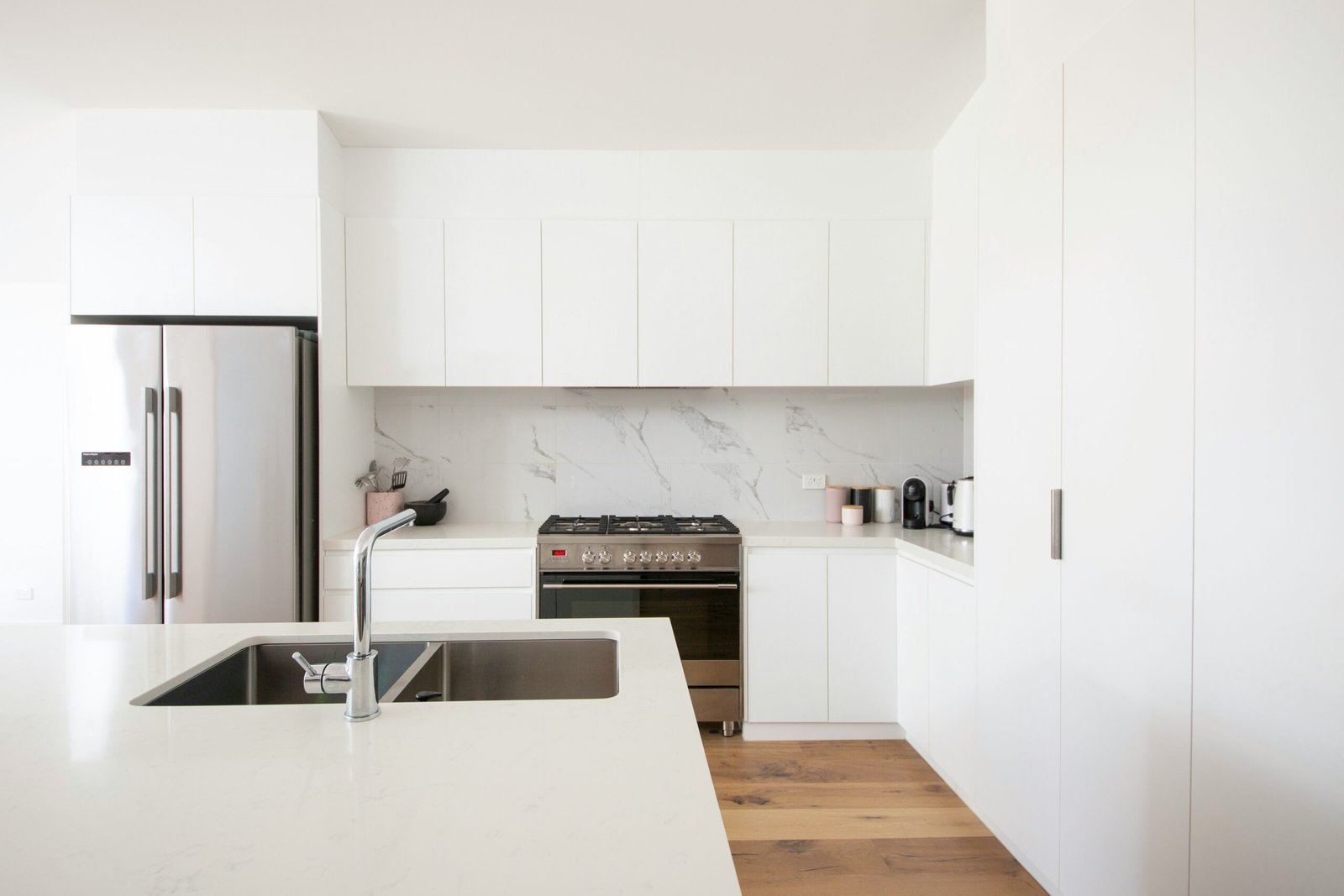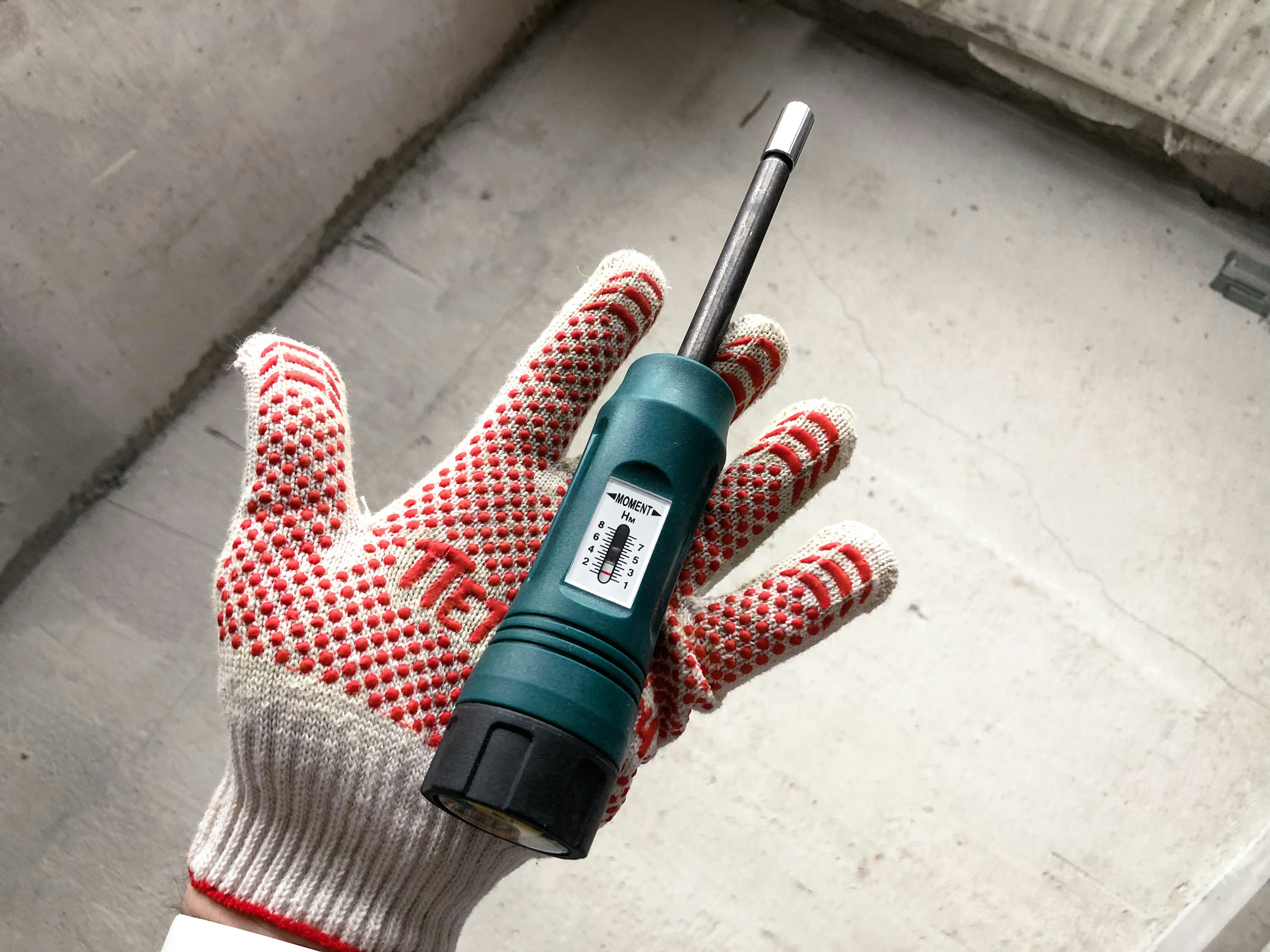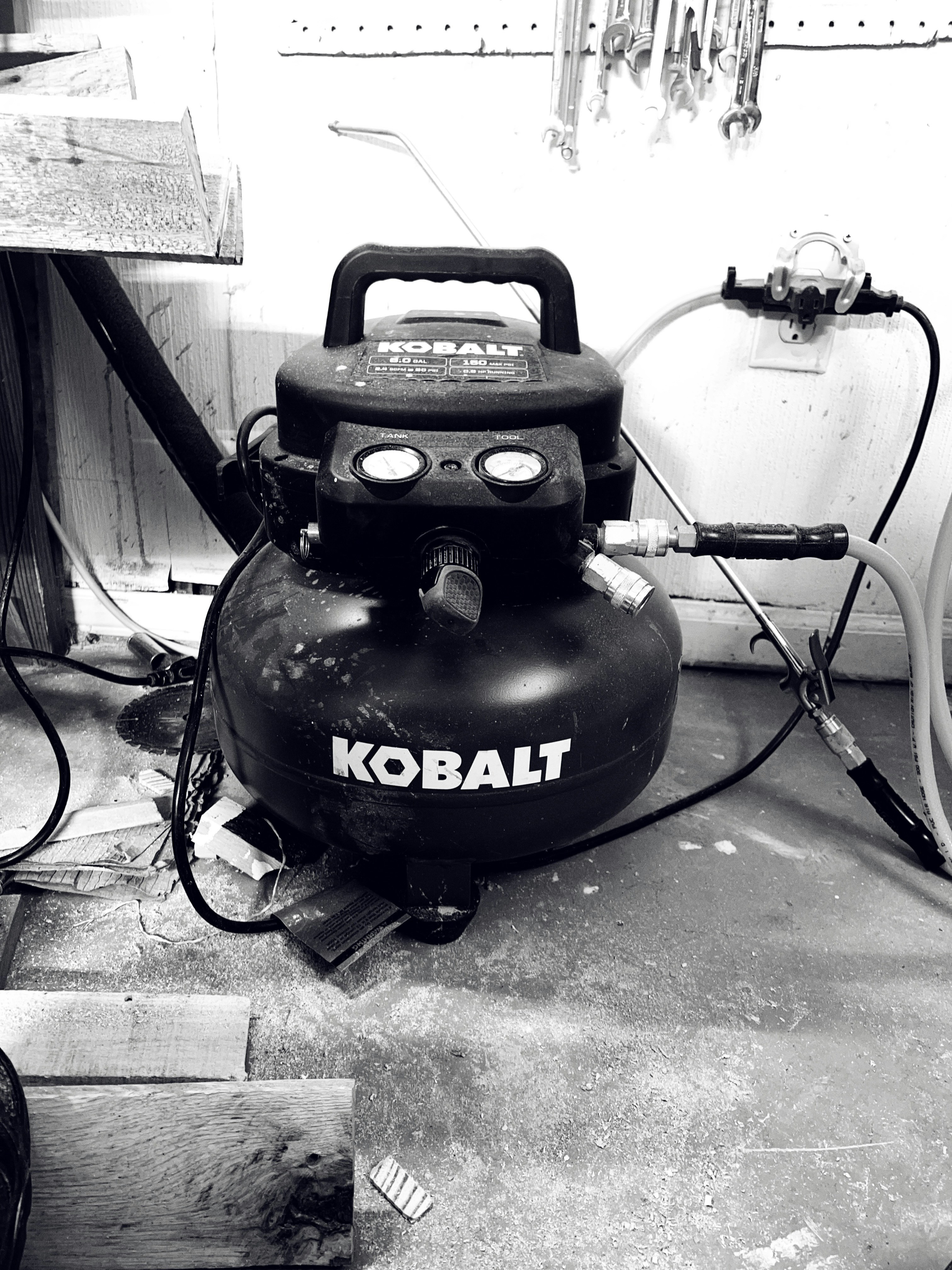Kitchen faucets have evolved significantly over the years, transitioning from simple, utilitarian fixtures to integral components of modern kitchen design. Historically, kitchen faucets were primarily functional, designed to dispense water for cooking and cleaning with minimal attention to aesthetics. However, contemporary kitchen faucets embody a blend of functionality and style, becoming sophisticated appliances that enhance both the utility and visual appeal of the kitchen space.
In today’s kitchens, faucets are not merely water-dispensing devices; they are pivotal in establishing the overall ambiance and efficiency of the kitchen. The evolution of kitchen faucets has been driven by advancements in technology, design innovation, and changing consumer preferences. Modern kitchen faucets now offer a plethora of features, including touchless operation, integrated water filtration systems, and various spray patterns to cater to diverse culinary needs. These advancements have transformed the humble faucet into a high-tech appliance that significantly contributes to the kitchen’s functionality and aesthetic.
The importance of kitchen faucets in contemporary kitchen design cannot be overstated. They are often regarded as the centerpiece of the kitchen, with designers and homeowners alike prioritizing their selection to ensure they complement the overall design theme. The latest trends in kitchen faucets reflect a growing demand for both style and performance. Innovations such as smart faucets with voice-activated controls, pull-down and pull-out sprayers for enhanced flexibility, and sleek, minimalist designs are becoming increasingly popular. These trends highlight the shift towards creating kitchens that are not only beautiful but also highly efficient and user-friendly.
As we delve deeper into the latest trends in kitchen faucets, it becomes evident that these fixtures have transcended their traditional role. They now represent a harmonious blend of technology, design, and practicality, catering to the evolving needs of modern households. Whether you are renovating your kitchen or simply looking to upgrade your faucet, understanding these trends will help you make informed decisions that align with contemporary kitchen design principles.
Smart Technology in Kitchen Faucets
In recent years, the integration of smart technology into kitchen faucets has significantly transformed the way we interact with our kitchen spaces. These advancements bring a myriad of features aimed at enhancing convenience, improving hygiene, and promoting water conservation. Among the most notable innovations are touchless operation, voice control, and programmable settings, each contributing to a more efficient and user-friendly kitchen environment.
One of the most popular features in modern kitchen faucets is touchless operation. Utilizing motion sensors, these faucets allow users to activate water flow with a simple wave of the hand. This means no need to touch the faucet with dirty or greasy hands, thereby maintaining a cleaner and more hygienic kitchen. Brands like Moen and Kohler have pioneered this technology, offering models such as the Moen Arbor Motionsense and Kohler Sensate, which have become household favorites.
Voice control is another cutting-edge feature making waves in the kitchen faucet market. By integrating with smart home systems like Amazon Alexa and Google Assistant, voice-activated faucets enable users to control water flow and temperature through simple voice commands. This hands-free functionality not only adds a layer of convenience but also assists in multitasking during meal preparation. Delta’s VoiceIQ Technology is a prime example, allowing users to say commands like “fill the coffee pot” or “dispense 1 cup of water,” making kitchen tasks more seamless and efficient.
Programmable settings further enhance the smart faucet experience by allowing users to preset water temperatures and flow rates for specific tasks. This feature is particularly useful for activities that require precise water measurements, such as baking or brewing coffee. Faucets with programmable settings help reduce water wastage by ensuring that only the necessary amount of water is used, thereby supporting water conservation efforts. The U by Moen Smart Faucet stands out in this category, offering customizable presets that cater to individual preferences and needs.
Overall, the integration of smart technology in kitchen faucets marks a significant leap forward in kitchen innovation. By combining touchless operation, voice control, and programmable settings, these advancements provide unparalleled convenience, enhance hygiene, and promote sustainable water usage. As technology continues to evolve, it is clear that the kitchen faucet is becoming a crucial element in the modern smart home ecosystem.
Design and Aesthetic Trends
The contemporary kitchen faucet market is experiencing an evolution in design and aesthetics, with a variety of styles and finishes catering to diverse tastes and preferences. One prominent trend is the industrial style, which emphasizes rugged, utilitarian designs characterized by exposed hardware and sturdy materials. These faucets often feature high-arc spouts and are typically finished in matte black or stainless steel, offering a bold and functional look that complements urban and loft-style kitchens.
Another popular trend is the minimalist design, which focuses on clean lines and understated elegance. Minimalist faucets often feature simple, sleek forms with single-handle operation, providing a clutter-free appearance. Finishes like brushed nickel and matte black are favored in this category, as they offer a sophisticated yet subtle touch that seamlessly integrates into modern and contemporary kitchen decor.
For those who appreciate a touch of nostalgia, vintage-style kitchen faucets are making a comeback. These designs often incorporate ornate details and classic shapes, reminiscent of early 20th-century fixtures. Finishes such as polished chrome and oil-rubbed bronze are commonly used to enhance the antique appeal. Vintage faucets can add a charming and timeless element to traditional and farmhouse-style kitchens.
In terms of finishes, matte black continues to dominate the market due to its versatile and striking appearance. It pairs well with a variety of countertop materials and cabinetry colors, making it a favored choice for both modern and eclectic kitchen designs. Brushed gold is another trending finish, offering a warm, luxurious feel that contrasts beautifully with dark or neutral-toned kitchens. Stainless steel remains a classic option, appreciated for its durability and the ability to blend effortlessly with stainless steel appliances.
Overall, these design and aesthetic trends in kitchen faucets provide ample opportunities for homeowners to personalize their kitchens. By carefully selecting styles and finishes that complement their kitchen themes and decor, individuals can create a cohesive and visually appealing space that reflects their unique taste.
Sustainability and Eco-Friendly Features
The trend toward sustainability in kitchen faucets is not just a passing phase, but a significant shift driven by increasing environmental awareness. Modern kitchen faucets now often come equipped with eco-friendly features designed to minimize water waste and reduce environmental impact. One of the primary innovations in this area is the inclusion of water-saving aerators. These devices mix air with water, reducing the flow rate without compromising performance, thereby conserving water and lowering utility bills.
Another essential eco-friendly feature is the use of lead-free materials. Traditional faucets may contain lead, which can leach into water and cause health hazards. Contemporary models, however, often use safer materials like stainless steel or brass that comply with strict safety standards, ensuring that households can enjoy clean and safe drinking water.
Recyclable components are also becoming a standard in the design of eco-friendly kitchen faucets. Manufacturers are increasingly opting for materials that can be easily recycled, thereby reducing waste and promoting a circular economy. This initiative not only benefits the environment but also aligns with consumer values that prioritize sustainability.
Several brands are leading the way in developing sustainable kitchen faucets. For instance, Moen’s Eco-Performance line and Delta’s WaterSense-certified faucets are specifically designed to meet rigorous water efficiency criteria. Similarly, Grohe’s Blue Pure range not only conserves water but also includes filtration systems that provide pure drinking water, underscoring the brand’s commitment to health and sustainability.
When selecting a kitchen faucet, consider both style and environmental impact. Look for models that have been certified by recognized environmental organizations, such as WaterSense or Green Seal. Additionally, choose faucets made from durable, lead-free materials and those that offer water-saving technologies. By making informed choices, homeowners can contribute to a more sustainable future while enjoying the modern conveniences and aesthetics of contemporary kitchen faucet designs.
If you’re interested in purchasing the item you seek, please click the link for additional details: #americanachoice.
https://amzn.to/3SBN3Oy
AFFILIATE DISCLOSURE: I am an affiliate for this company, I am not a paid employee.
I may receive a commission if you click a link on this page and choose to purchase something.
You can rest assured I will only share things I believe in and will be valuable to you.



